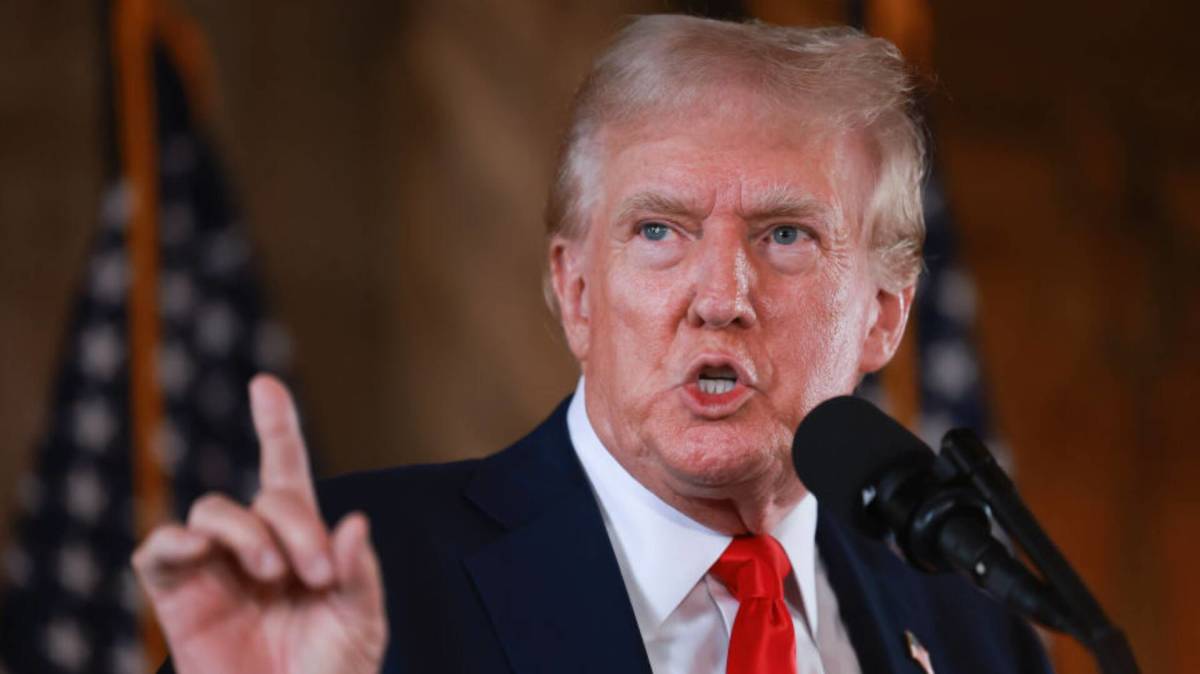Inflation's impact on Fed rate-cut bets may surprise you
March 15, 2025 | by ltcinsuranceshopper

The Federal Reserve will likely need a lot more data, and a few more months, to clarify its growth and inflation forecasts and set the path for future interest rate moves as tariff and trade uncertainty reverberates through the world’s biggest economy and beyond.
Inflation figures from the Commerce Department this week suggested that consumer and wholesale prices eased moderately last month.
The data offered some welcome relief to financial markets gripped by tariff uncertainty, but neither reading has likely captured any of the near-term impact from those levies, imposed by the Trump administration.
“Thursday’s inflation data is backward looking, and the real worry is the inflationary effects that may come from tariffs, which is a wild card for markets and the Federal Reserve,” said Paul Stanley, chief investment officer at Granite Bay Wealth Management in Portsmouth, N.H.
“It’s too early to tell what tariffs mean for inflation because we don’t know yet the extent of the tariffs or if the administration will end up reversing course and adopting a more dovish tariff policy,” he added.
Related: CPI inflation surprise resets tariff talk
Trump has long and incorrectly insisted that tariffs are taxes paid by foreign trading partners. He recently has accepted the fact that some prices for American consumers will increase as a result of his effort to, in his view, restore balance in the global economy.
But while some preemptive price increases can be gleaned from both the CPI and PPI inflation readings, the bulk of Trump’s tariffs remain either threatened, delayed or scheduled to be imposed later this spring.

When that happens U.S. importers will face not only new levies of 10% to 25% on goods from China, Mexico and Canada, but also 25% duties on products from the European Union and undisclosed so-called reciprocal tariffs from other major trading partners worldwide.
Inflation data are already dated
“The economy entered 2025 with inflation on a downward trajectory; however, the outlook for inflation depends more on tariffs, deportations and [the Department of Governmental Efficiency] than the backward-looking data releases right now,” said Bill Adams, chief economist for Comerica Bank in Dallas.
That likely means that the Fed’s new growth and inflation forecasts, which are set to be released at the close of its policy meeting next week in Washington, will provide little clarity on interest rates heading into the spring and summer.
The central bank’s previous Summary of Economic Projections, known as the dot plots, were published in December and suggested that PCE inflation, its preferred gauge, would rise to 2.5% by the end of next year, well ahead of its September forecast of 2.1%.
Related: Airlines issue stark warning on travel demand as confidence sinks
Fed Chair Jerome Powell hinted at that likelihood last week during a speech in New York, reiterating his view that the central bank was in “no hurry” to lower rates even as he acknowledged that inflation was slowly moving close to the central bank’s preferred 2% target.
Powell said he and his colleagues would need to see whether tariff increases are a one-time event, or “If it turns into a series of things. … If the increases are larger, that would matter, and what really does matter is … how persistent are the inflationary effects?”
Powell prepared to ‘tap dance’
Gregory Darco, chief economist at EY, says the Fed won’t have any of that information at its fingertips when it meets next week and will need to “tap dance around policy uncertainty and its cousin, market volatility.”
“With private sector activity slowing under the weight of heightened policy uncertainty, stocks experiencing a notable pullback, and real GDP growth likely to stall in Q1 on weaker consumer spending and a surge in imports to front-run tariffs, Powell may find it difficult to reaffirm that the economy is holding up just fine,” he added.
Adams at Comerica Bank also says the Fed will need more time to assess both the tariff impacts on growth and inflation as well as the influence that the extension of Trump-era tax cuts will have on debt and deficit levels.
Related: Another U.S. bank warns on stocks amid $4 trillion market rout
“If the Fed makes monetary policy decisions based on policies enacted today, they could make substantial cuts to interest rates in 2025,” he said.
“On the other hand, if they assume that the overall fiscal stance will be more supportive of growth after factoring in decisions likely to be made later in the year, they may reduce rates only a little if at all in 2025,” he added.
At present, CME Group’s FedWatch is pricing in with 97% certainty that the Fed won’t make any changes to its benchmark lending rate of 4.375% next week. But it pegs the odds of a June rate cut at around 55.8%.
Fed rate bets in focus
At least two more reductions are also expected over the second half of the year.
Samuel Tombs, chief U.S. economist at Pantheon Macroeconomics, says, however that that forecast will be tested by the February PCE inflation reading later this month.
More Economic Analysis:
- U.S. consumers are wilting under renewed stagflation risks
- Jobs reports provide critical look at economy, could roil markets
- Fed inflation gauge indicates big changes in key economic driver
“With consumers’ confidence weak and many people already having brought forward purchases of durable goods, demand for goods will be very weak later this year, forcing retailers to accept thinner margins, ” he said, adding that the headline reading will likely rise to 2.8%.
“We still think that core PCE inflation will continue to hover slightly below 3% for the rest of this year, as a small tariff-related pickup in goods inflation is offset by a further decline in services inflation,” Tombs argued.
Related: Veteran fund manager unveils eye-popping S&P 500 forecast
RELATED POSTS
View all



